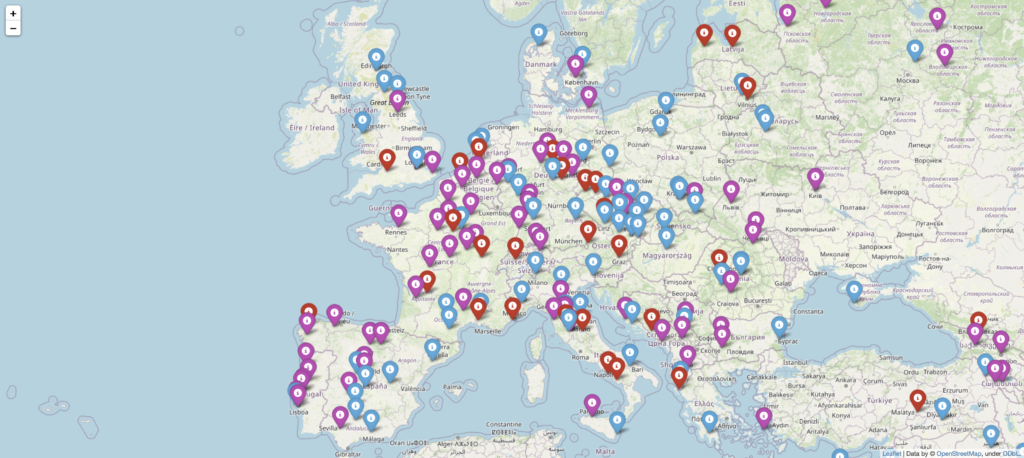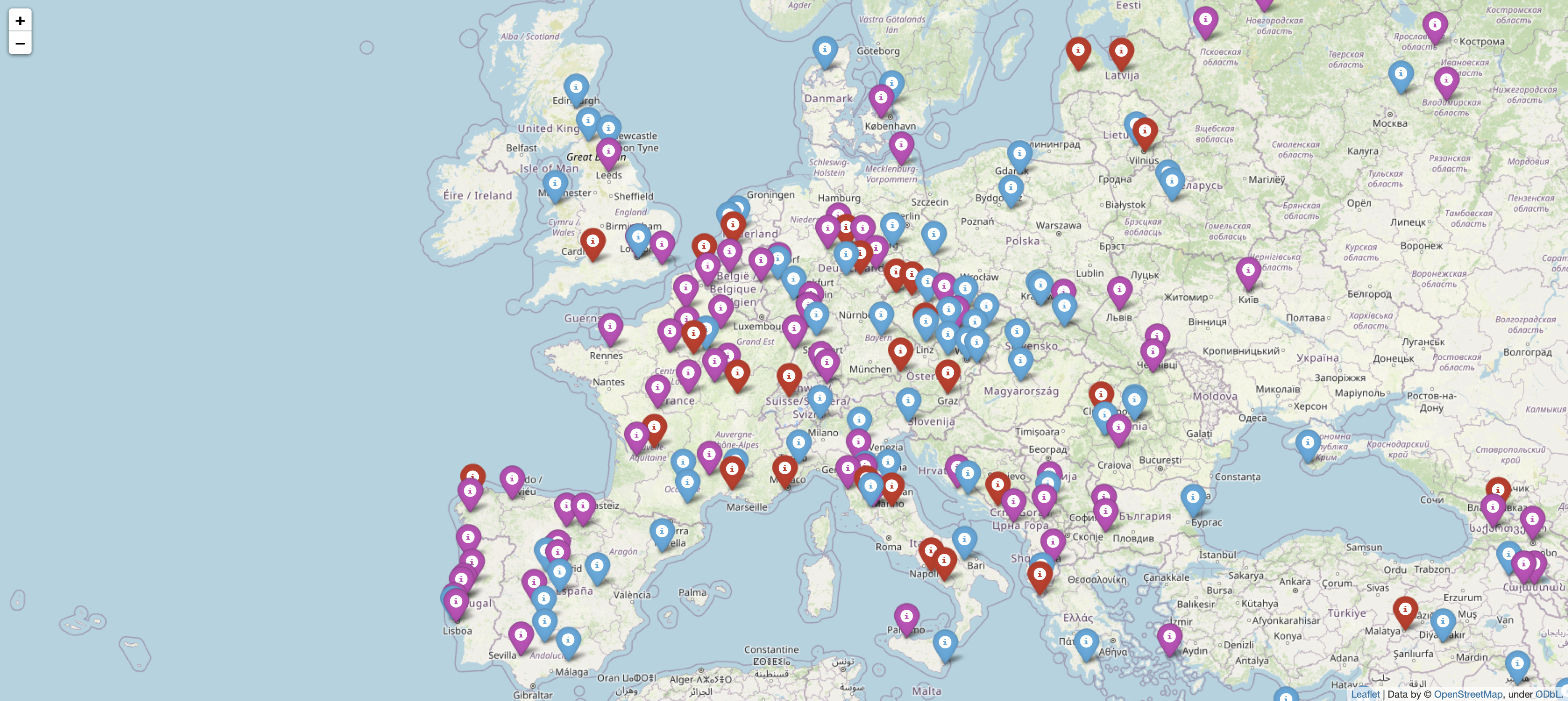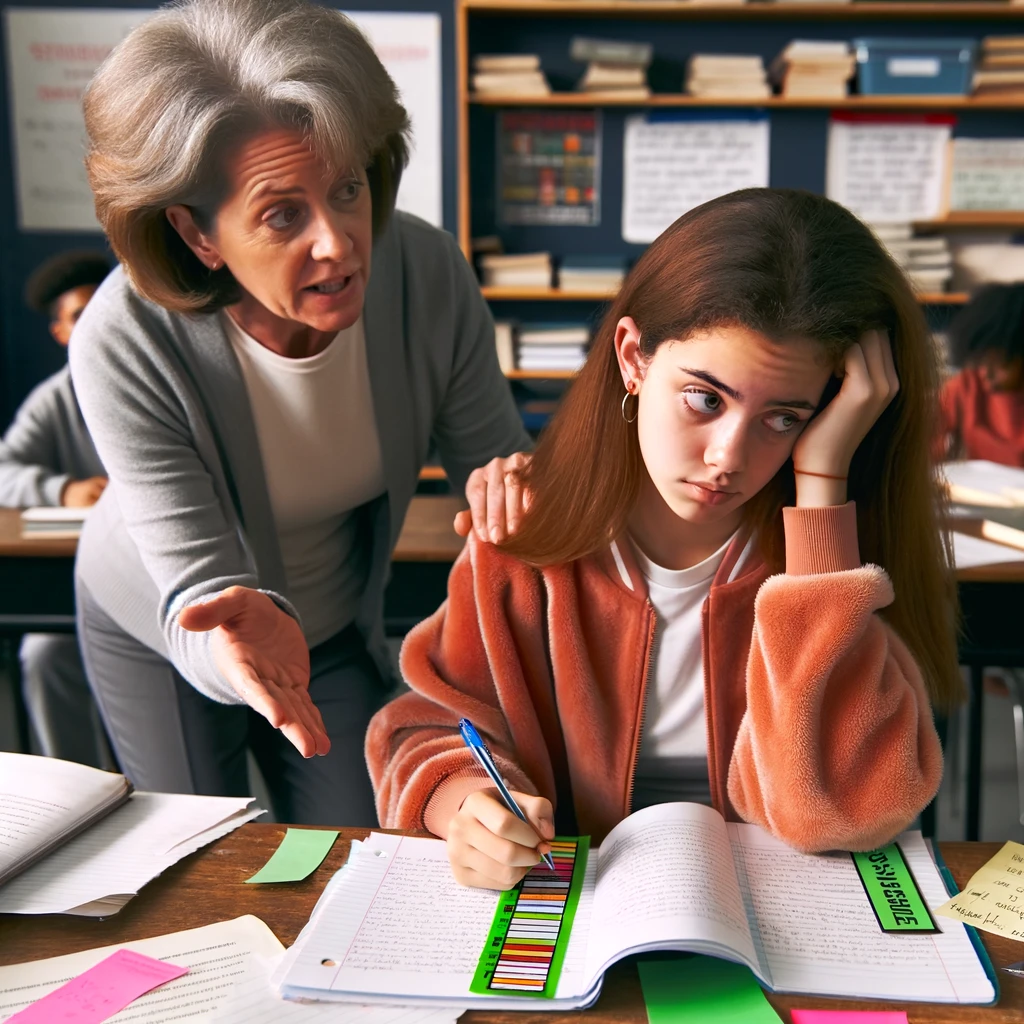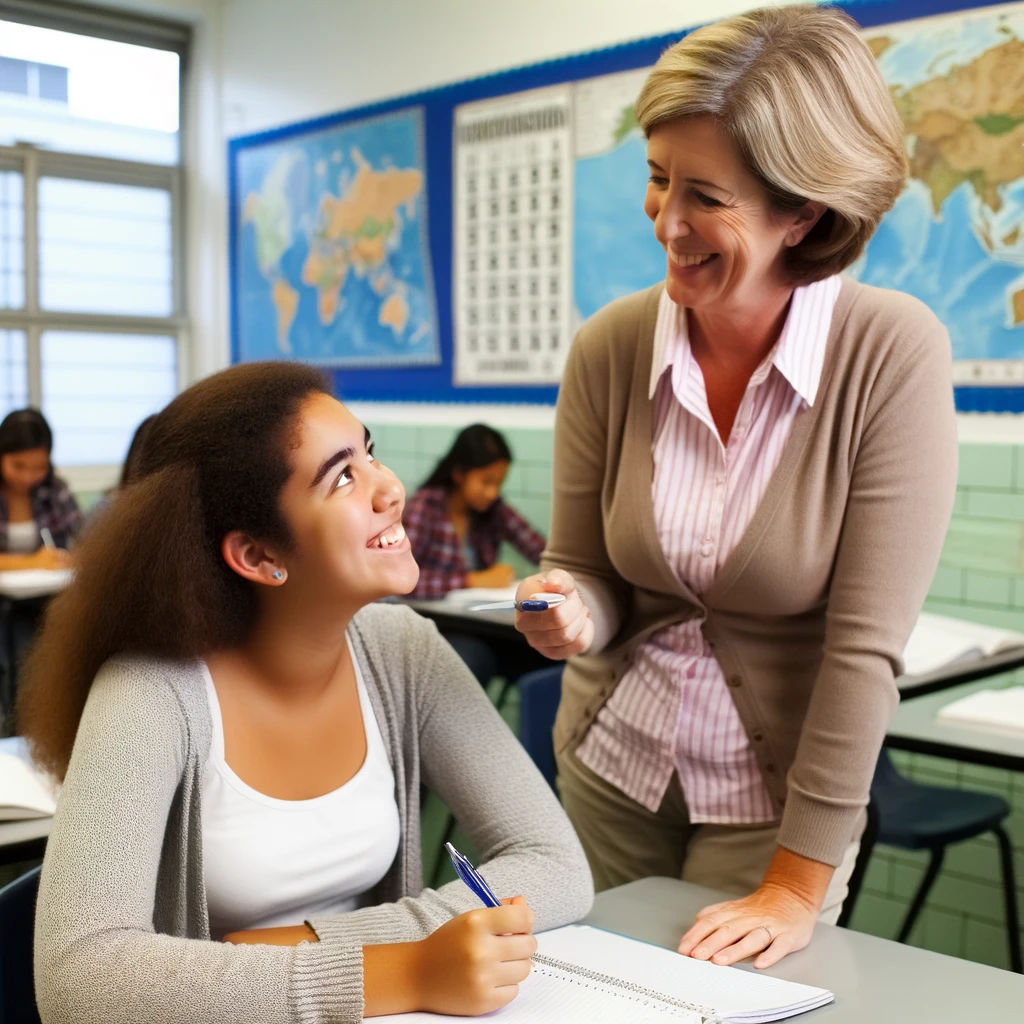
What I can do with ChatGPT in my history Class
As a high school history teacher deeply enamoured with the tapestries of the past, I’ve recently ventured into a fascinating world where technology meets history. This is a tale of my journey using ChatGPT to create not just a map but a story of the medieval world for our middle and high school classrooms. Here’s how you, too, can bring this innovative approach into your teaching or learning experience.
Beginning the task
It all started with a desire to make the rich stories of medieval times more tangible and engaging for my students. The World Heritage List was my treasure trove, a list detailing cultural and natural sites preserved for their universal value to humanity. But how could I make this extensive list accessible and interesting? That’s where ChatGPT entered the scene, a tool that seemed almost as magical as the historical narratives I wanted to share.
Step 1: Setting Our Sights on the world of Data
Like any good historian, I began by defining what I was looking for: medieval heritage sites. My students and I brainstormed what ‘medieval’ meant, discussing castles, cathedrals, and the vibrant life between the 5th to the late 15th centuries. We were setting the stage for our very own historical investigation.
Step 2: Enlisting a Digital Ally – ChatGPT
ChatGPT was introduced to the class not just as a tool but as a partner in our historical exploration. I showed them how this AI could help sift through mountains of data with just the right prompts. Together, we crafted questions and commands, feeding our curiosity into the digital ether and marveling at the insightful responses.
Here is the dataset I used: Current Jan 2024.

Step 3: Crafting Our digital Map
With a list of sites in hand, it was time to bring them to life. We chose Folium, a tool that allowed us to create interactive maps. Each student picked a site to research, identifying its coordinates, history, and category. Then, as a class, we plotted these on our digital map, color-coding them: blue for military, purple for religious, and red for all others. The result? A vibrant, clickable map that took us from the rugged Scottish Highlands to the sun-baked ruins of Byzantium.

What does it produce for us.
A good start, but let’s refine the map. As lots of blue does representing all types of sites make sit hard to understand the significance of each. Lets make the map a little more useful by colouring coding the sites.

What does the colour coded map look like?
Much better representation of information. Nice quick and simple. But an example of visualising data with AI allows us to do quickly. You can keep refining by putting different conditions on data to be displayed.
I love medieval and military sites. Let’s refine to only highlight medieval sites I can visit on my next trip to Europe. I think this would be a great holiday planning tool.

What if I had limited time, where should I spend it to see the most? Hmm Maybe Spain and Portugal will be my next trip. If I wanted view natural sites refine your search again.
What can you make?
Those that know me, castles are my favourite thing in history. Let’s have a look at refining this castle data. The data set is from a site that collections GPS coordinates, so not as detailed as the World heritage data.
I know that is not all the castles in the U.K. But it s a good start. What If I wanted to view cites of Civil War Sieges and who owned the castle at the time.

I will add that the Data file did not have that data. So I asked ChatGPT to add its own knowledge to help refine the list. Lets se how it went.
Not bad, I could draw on other datasets to increase the data on each time such as the date of the siege etc. But as example of getting started, it does a good job.
Step 4: Beyond the Map – Graphs and Tales
But why stop at maps? We used the same data to create graphs showing the distribution of sites by country, type, and period. Each bar and line told another story, another facet of the medieval world. Students presented their findings, piecing together a mosaic of medieval life that stretched beyond battles and into the realms of art, culture, and daily life.


Or we can sort the data in another way.


Sharing the Journey
This project wasn’t just about learning history; it was about becoming historians, cartographers, and storytellers. We debated the merit of each site, delved into the stories behind the stones, and even critiqued the UNESCO selection process. It became a journey that each student personalized, finding their own path through the medieval landscape.
Tips for Fellow Educators and Students:
- Start with a Story: Every number, every coordinate on a map has a story. Start there and let the data follow.
- Embrace Collaboration: Learning is a communal act. Encourage students to work together on the map, share findings, and even debate interpretations.
- Innovate and Iterate: Don’t be afraid to try new tools or approaches. And remember, every project is a work in progress, just like our understanding of history.
Video tutorial of the project
Learn by watching a video tutorial, check out my video on the project.
Conclusion: A Map to New Worlds
As I reflect on this project, I’m struck by the boundless possibilities that open up when we blend traditional learning with innovative tools. To my fellow educators and students, I extend an invitation: join me in this exploration. Whether it’s through maps, graphs, or the next great tool, let’s discover the past and, in doing so, inspire the future.
Let the journey continue in your classrooms. Go to ChatGPT now
Happy Exploring!
Kane
Elevate Your History Lessons with Exclusive Insights! 🚀
Embark on a journey through time with us and transform your history lessons into a thrilling adventure for your students! If you’ve found value in our guide, imagine the wealth of resources, tips, and strategies you could explore as a subscriber to our mailing list.
💌 Subscribe to Our Enlightening Educators’ Mailing List Now! 💌
By joining our community, you’ll unlock:
- 🏰 Exclusive lesson plans and teaching resources.
- 🎓 Expert advice and tips on making history engaging and relatable.
- 📘 Early access to our latest guides, eBooks, and educational materials.
- 🎁 Special offers, discounts, and surprises just for our subscriber family.
Let’s create a future where every history lesson is a captivating journey into the past!
👉 SUBSCRIBE NOW 👈 and become a time-traveling educator, crafting lessons that will be remembered for a lifetime!



